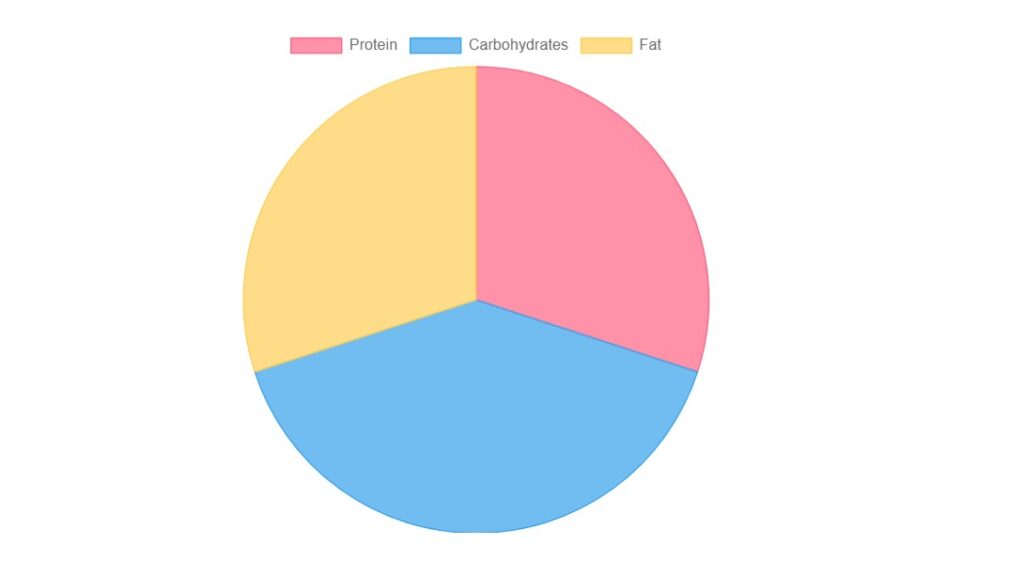The Calorie Calculator is a valuable tool for estimating daily calorie needs and offering straightforward guidance for weight management goals, whether gaining, losing, or maintaining weight.
Calorie Calculator for Weight Loss
Related
Understanding Calorie Calculation in Weight Loss
Understanding the role of calorie intake is paramount in the journey towards achieving weight loss goals. Calories are units of energy found in the foods we consume, and managing their intake is crucial for effective weight management.
In this article, we will delve into the concept of calorie calculation in weight loss, explore how different foods contribute to our daily calorie intake, and provide insights into creating a balanced diet plan.
Understanding Calorie Calculation:
Calorie calculation involves determining the number of calories needed by an individual to maintain their current weight (caloric maintenance level) and adjusting this intake to create a calorie deficit for weight loss.
The basic principle is that to lose weight, one must consume fewer calories than they expend.
Basal Metabolic Rate (BMR):
The Basal Metabolic Rate (BMR) is the number of calories your body needs to maintain basic physiological functions at rest, such as breathing and maintaining body temperature.
Factors influencing BMR include age, gender, weight, height, and body composition. Calculating BMR provides a baseline for determining daily calorie needs.
Total Daily Energy Expenditure (TDEE):
Total Daily Energy Expenditure (TDEE) represents the total number of calories expended by an individual in a day, including physical activity and exercise. TDEE is calculated by multiplying BMR by an activity factor that reflects one’s level of physical activity.
Creating a Calorie Deficit:
To lose weight, it’s essential to create a calorie deficit by consuming fewer calories than your TDEE. A common approach is to create a deficit of 500 to 1000 calories per day, leading to a weight loss of approximately 0.5 to 1 kg per week. However, it’s crucial to strike a balance between calorie restriction and ensuring adequate nutrition.
Food and Calorie Intake:
Understanding the calorie content of different foods is vital for effective calorie management. Here’s a table illustrating the calorie content of common foods:
| Food Item | Calorie Intake per 100g |
|---|---|
| Chicken Breast | 165 calories |
| Brown Rice | 111 calories |
| Salmon | 206 calories |
| Broccoli | 34 calories |
| Avocado | 160 calories |
| Quinoa | 120 calories |
| Sweet Potato | 86 calories |
| Spinach | 23 calories |
| Almonds | 576 calories |
| Greek Yogurt | 59 calories |
Creating a Balanced Diet Plan:
A balanced diet plan includes a variety of nutrient-rich foods that provide essential vitamins, minerals, protein, carbohydrates, and healthy fats. Incorporating lean proteins, whole grains, fruits, vegetables, and healthy fats into meals ensures adequate nutrition while managing calorie intake.
Visualizing Calorie Intake:
Visual aids, such as charts and graphs, can help individuals better understand their calorie intake and track their progress toward weight loss goals. Here’s an example of a pie chart illustrating the distribution of calories in a balanced diet:

A pie chart displaying the distribution of calories among different components like protein 30%, carbohydrates 40%, and fat 30%.
How do I calculate my daily calorie needs?
Calculating your daily calorie needs involves a few steps:
Calculate Basal Metabolic Rate (BMR): This is the number of calories your body needs to perform basic functions at rest. The Mifflin-St Jeor Formula is considered the most accurate for calculating how I calculate my daily calorie needs. The formula for men is:
BMR = 10W + 6.25H – 5A + 5BMR=10W+6.25H−5A+5
and for women: BMR = 10W + 6.25H – 5A – 161BMR=10W+6.25H−5A−161
where W is body Weight in kg, H is body height in cm, and A is age
Determine Activity Level: This is a factor that accounts for the calories burned during physical activity. Here are some general guidelines:
- Sedentary (little or no exercise)
- Light (exercise 1-3 times/week)
- Moderate (exercise 4-5 times/week)
- Active (daily exercise or intense exercise 3-4 times/week)
- Very Active (intense exercise 6-7 times/week)
- Extra Active (very intense exercise daily, or physical job)
Calculate Total Daily Energy Expenditure (TDEE): Multiply your BMR by your activity level to get your TDEE. This is the total number of calories you need to maintain your current weight
Remember, these calculations provide estimates. Individual calorie needs can vary based on factors like Muscle mass, overall health, and genetics.Add Image
How to Create a Calorie Deficit to lose weight?
To lose weight, you need to consume fewer calories than your TDEE. A calorie deficit of 500 calories per day is usually recommended to create an average weight loss of 1 pound per week.
Conclusion:
Effective weight loss requires a comprehensive approach that includes calorie management, balanced nutrition, and regular physical activity.
By understanding calorie calculation, making informed food choices, and creating a sustainable diet plan, individuals can achieve their weight loss goals and improve their overall health and well-being.
Remember, it’s essential to consult with a healthcare professional or registered dietitian before making significant changes to your diet or exercise routine.
